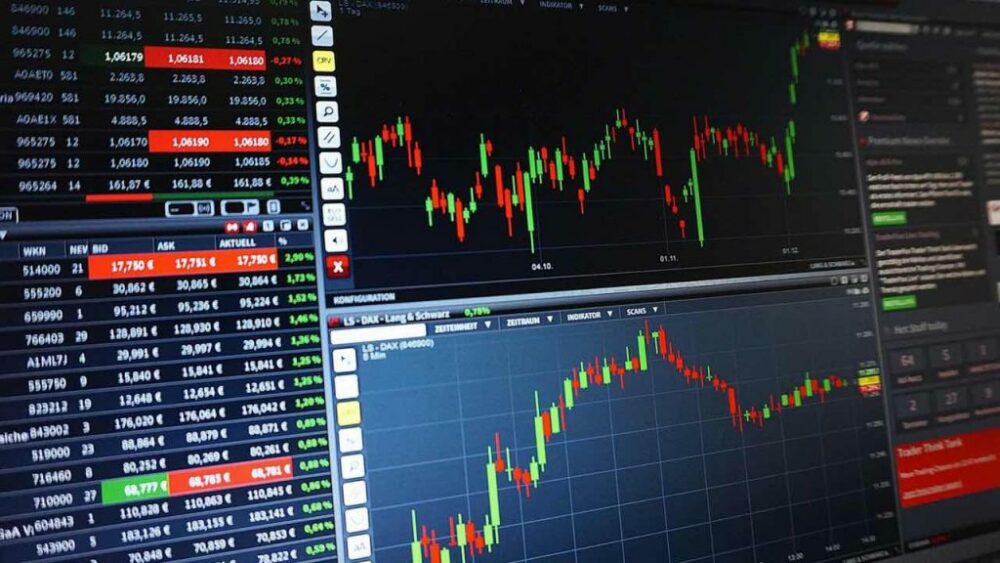The internet has made a wide array of income streams open to people that they can take advantage of from the comfort of their own home. (Or, wherever they like!) One such option is Foreign Exchange (Forex) trading, which is very popular at the moment.
Forex trading involves trading one currency for another. The exchange pairs various currencies so that you can compare their values against each other, which tells you how much of one currency you’d need to buy one unit of the other. Depending on what you are buying and selling, you make money as a currency’s value fluctuates with the market. For instance, if you purchase Euros and then the value of the Euro rises, you’ll make money if you later sell your Euros.

Forex trading is not a guaranteed money-earner, but if you do it right, you can set yourself up with a regular income stream. This quick guide will break down the basics of how to do Forex trading.
Clue Up
Don’t go into all of this blindly. Try to research and learn before you embark on your Forex adventure. You can look into a TradingOnlineGuide for pointers on different types of currency trading.
You will need to learn how Forex markets work and what affects currency valuations. You will need to learn how to read Forex charts, data and much more. Before you do anything, clue up on the basics of Forex markets and the skills you need to be a successful trader.
Find the Best Broker For You
A broker is essentially the middleman between you and the market and where you go to buy or sell currencies. Depending on what you want to do, a broker is there to find you a buyer or a seller.
Do your research carefully. A lousy broker or platform can cause severe losses, so don’t just assume that because a broker looks good, that their platform is, too.
Make sure regulatory agencies back your broker and that it is part of a quality institution. (Most brokers work with banks or other big lenders.) Ask for as lots of information about the broker upfront, and trial its platforms before signing up.
There’s no list of cowboy brokers out there, so talk to fellow traders to get the best idea of which brokers to avoid.
Choose Your Strategy
To trade successfully, you need goals in mind. And to meet your goal, you need a strategy.
The two main strategies are Technical Analysis and Fundamental Analysis. Technical analysts assess price trends, factoring in the 24-hour nature of Forex.
Fundamental analysts try to value a country’s currency. They follow different indicators of a currency’s value, like the Consumer Price Index (measuring inflation) and the Purchasing Manager’s index. These sources survey market conditions as viewed by purchasing managers.
If you stick at it, you will likely work out the strategy that best suits you. Traders often combine elements of both of these strategies.
Choose a Platform with a Simulator
Even after you’ve prepared brilliantly and followed these tips, don’t go straight into the market. You risk early losses without really learning anything.
Many brokers and platforms offer simulators in which you can practice without the risk of losing money. You can demo your strategies, understand the market and learn from your mistakes without the stress of bleeding money. When you practice, choose a simulator that will use real-time market information. The best practice mimics the real conditions you’d be under when you are trading for real.

